The week at a glance
- Chestnut-eared Bunting still on mainland Shetland with a one-day Bobolink nearby
- Siberian Rubythroat still on Fair Isle
- Belted Kingfisher reported again in Galway
- Norfolk's first Hornemann's Arctic Redpoll reflects the continuing influx in the Northern Isles
- Widespread arrival of Waxwings
- Big movement of Little Auks off Northumberland
- Minor influx of Greenland White-fronted Geese to the southwest
Following last week's remarkable fall, clearing skies, falling temperatures and a bitter northerly airflow resulted in an inevitable clear-out of many of last week's star birds. That said, the changing conditions did bring further new arrivals — predominately in the form of Waxwings and Little Auks — with one or two top-quality surprises thrown in for good measure.
Last week's delightful Chestnut-eared Bunting was last seen by the Pool of Virkie (Shetland) on 25th; no doubt the raw northerly gales and snow played a considerable part in moving this bird on to pastures new, but not before a couple of planeloads had chartered north successfully. Mainland Shetland also scored the best find of the week in the form of a Bobolink at Brake on 28th, although it had quickly moved on by the following day. Meanwhile, a short hop away on Fair Isle, last week's female Siberian Rubythroat resurfaced and became more reliable there until at least 30th, seemingly oblivious to the icy conditions.
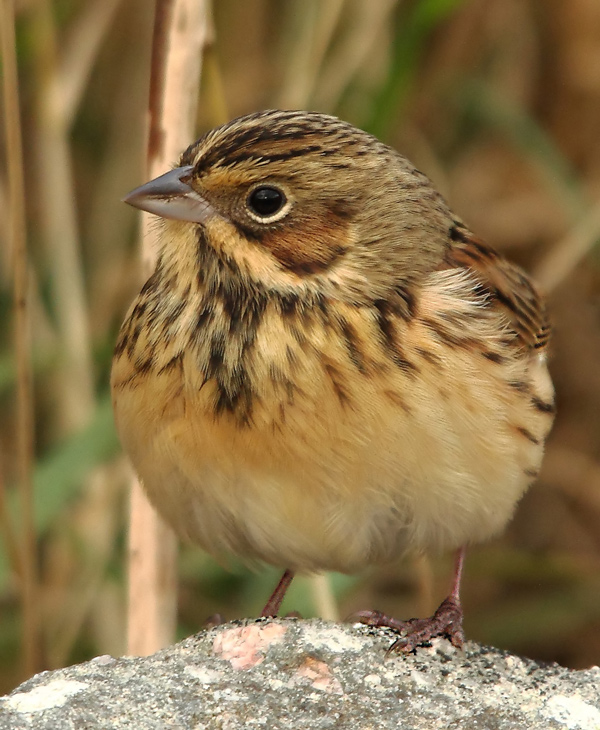
Chestnut-eared Bunting, Pool of Virkie, Mainland, Shetland (Photo: James Wood)
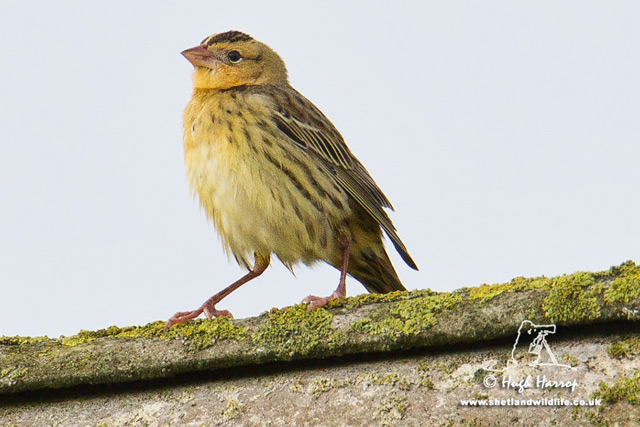
Bobolink, Hillwell, Mainland, Shetland (Photo: Hugh Harrop)

Siberian Rubythroat, Fair Isle, Shetland (Photo: David Parnaby)
Over in County Galway, there was a distinct feeling of déjà vu surrounding a report, from a non-birder, describing a large kingfisher with a grey back and band across its breast sitting on wires along the R341 south of Clifden during the afternoon of 31st. This must surely be the Belted Kingfisher of early October relocating and, although there was no sign in a brief search towards dusk, it seems a fair bet that this will not be the last time we hear of the bird in the coming days and weeks. Also in western Ireland, a Pied-billed Grebe was an excellent find at Lough Baun (Mayo) on 29th, and marks yet another fantastic bird for the county. It was still present during the morning of 31st.
Meanwhile, down on Scilly, what appears to be a new Blackpoll Warbler was located on Content Lane, St. Mary's, on 28th–29th before disappearing once more. With at least five on the archipelago over the past decade, many will be hoping that Scilly Season 2013 offers a rarer alternative. Also on the isles, last week's Buff-bellied Pipit was still on Bryher to 27th while a second was found way up on Foula (Shetland) on 28th.

Blackpoll Warbler, St. Mary's, Isles of Scilly (Photo: Ashley Hugo)
In terms of productivity, site of the week must be Portland (Dorset). Hot on the heels of last week's brief Sakhalin or Pale-legged Leaf Warbler (now thought more likely to be the former), a particularly bright Siberian Stonechat — possibly of the form stejnegeri, split by some authorities — spent a couple of days around Culverwell from 25th, while there were brief reports of both Olive-backed and Pechora Pipits on 26th. Add to this the Subalpine Warbler still on 26th and the male Daurian Shrike to 27th in addition to Barred Warbler and Wryneck, and it was safe to say some excellent birding was to be had on the island.

Daurian Shrike, Portland, Dorset (Photo: Tony Hovell)
In fact, it proved to be another good week for Siberian Stonechats in what has been a fruitful autumn for sightings. A fine inland record concerned a first-winter at Wellington Gravel Pits (Herefordshire) on 27th and 30th while, in Devon, another performed well at Bolt Head on 27th–30th. One was reported, without a date, from Eccles (Norfolk) and a fourth was photographed at Norwick, Unst (Shetland) on 29th. The final record of the week concerned a stunning male — photographed as a Stonechat — in Southchurch Park, Southend (Essex) on 30th. Unfortunately it had moved on by the following morning despite apparently having been present for at least two days.

Siberian Stonechat, Wellington GPs, Herefordshire (Photo: Paul Downes)
In West Sussex, the male Desert Wheatear was still showing incredibly well along the seafront at Worthing until 26th, while a female was found on private land at West Lulworth (Dorset) the following day. A third individual, another female, was found at Abberton Reservoir (Essex) on 28th and lingered there until 31st, again showing down to a matter of inches at times. Bluethroats involved the continuing Easington (E Yorks) bird until 25th and a couple of birds on Shetland.
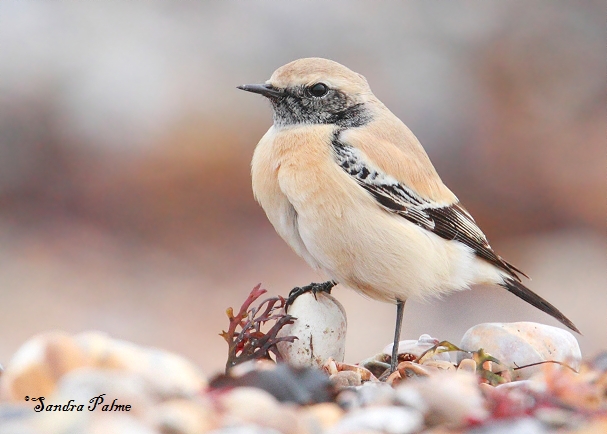
Desert Wheatear, Worthing, West Sussex (Photo: Sandra Palme)

Desert Wheatear, Abberton Reservoir, Essex (Photo: Mark Bicknell)
In Somerset, a co-operative Hoopoe could be found in the dunes at Sand Point from 26th, although it proved mobile at times. A second bird was reported from near Haverfordwest (Pembrokeshire) on 25th–26th. In Dorset, a juvenile Bee-eater loitered around the Swanage area during poor weather over 28th–30th, when it was seen at nearby Durlston Country Park. Remarkably, given the time of year and prevailing weather conditions, another was photographed at Seaburn (Durham) on 31st.

Hoopoe, Sand Point, Somerset & Bristol (Photo: Rob Cross)
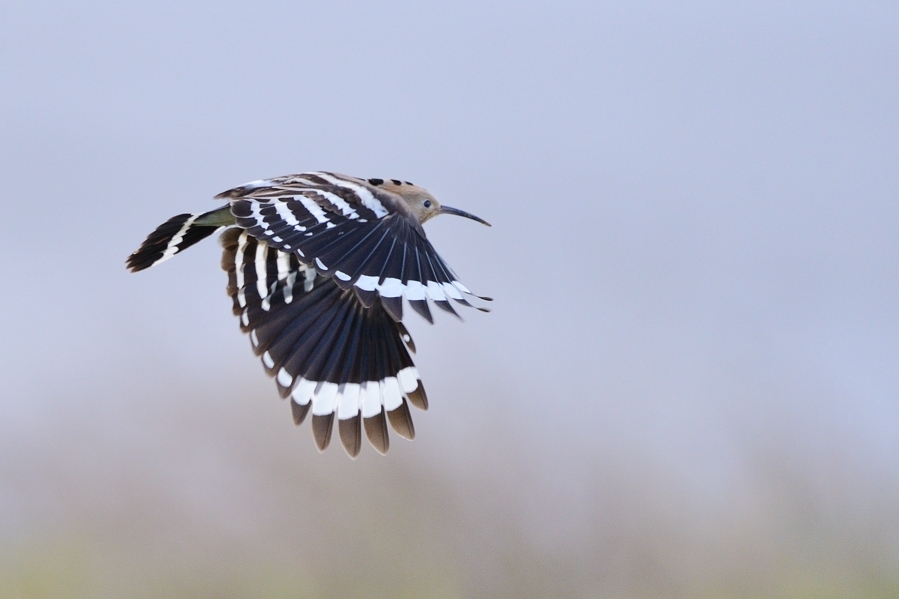
Hoopoe, Sand Point, Somerset & Bristol (Photo: James Gibbs)
The only rare lark reported was a Short-toed Lark at Spurn (E Yorks) on 27th. Shorelarks had returned to familiar winter haunts in Norfolk, Suffolk and Kent, although one at Cuckmere Haven (E Sussex) on 30th was a quality local record. Olive-backed Pipits included two at Sammy's Point (E Yorks) on 27th with a third at nearby Spurn on 25th, and a new bird in Cornwall at Coverack on 28th–30th. Others remained at Corton (Suffolk) to 25th, Inishmore (Galway) to 26th and Holkham (Norfolk) to 28th. A Red-throated Pipit was at Penlee Point (Cornwall) on 25th and 27th, and another was on St. Agnes (Scilly) on 25th–28th.
An impressive week for Waxwings saw 190 reported on Bird News Extra over the period. Although numbers were small early on, birds began to arrive in more significant numbers as the week progressed and peak counts included flocks of 70 in Stromness (Orkney) and Stornoway (Outer Hebrides) on 31st, and 83 in Lerwick (Shetland) on 30th. Further south, 40 were in Great Yarmouth (Norfolk) on 30th and, by 31st, a singleton had reached as far southwest as St. Agnes (Scilly).
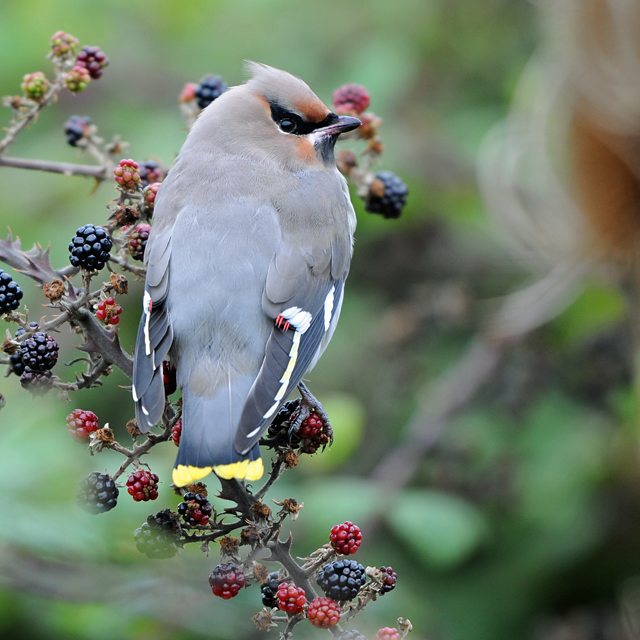
Waxwing, Landguard NR, Suffolk (Photo: Carl Wright)
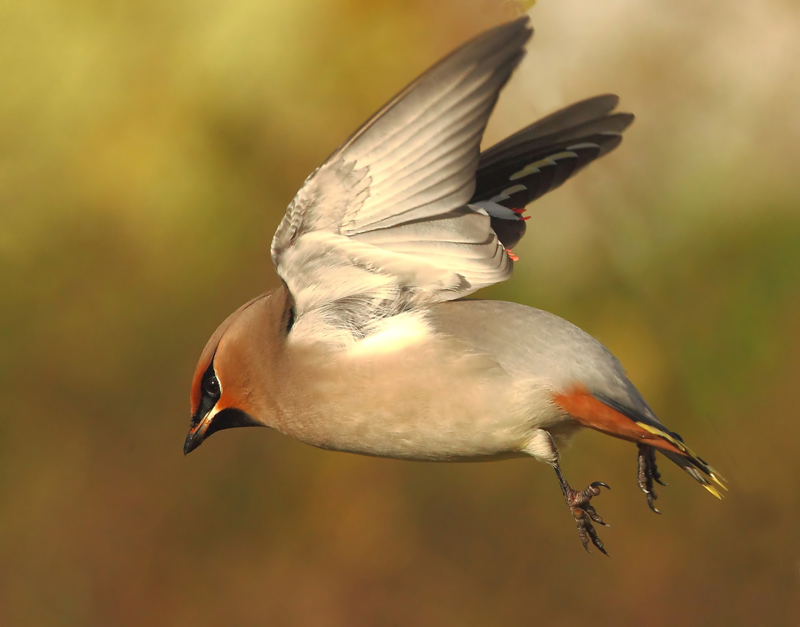
Waxwing, Exnaboe, Mainland, Shetland (Photo: James Wood)
Fife's Eastern Olivaceous Warbler continued to show well for the third week at Kilminning, and was still present there on 31st — sadly it seems unlikely this bird will ever leave this site as winter rapidly approaches. On Scilly a Blyth's Reed Warbler was found on St. Mary's on 30th–31st, and last week's Arctic Warbler remained at Brancaster Staithe (Norfolk) to 25th only.
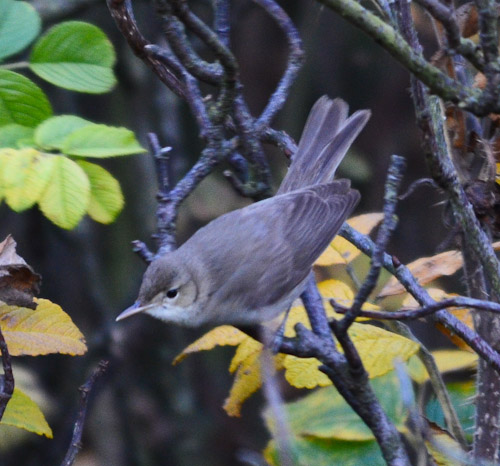
Eastern Olivaceous Warbler, Kilminning, Fife (Photo: Keith Hoey)

Arctic Warbler, Brancaster Staithe, Norfolk (Photo: Dave Kelsall)
A vocal Hume's Leaf Warbler was a commendable discovery in Belle Tout Wood at Beachy Head (E Sussex) on 30th, and was still performing well there the following day. Pallas's Warblers included one at Knockadoon Head (Cork) on 27th and a lingering bird at Holkham Pines (Norfolk) in addition to birds in Lincolnshire and North Yorkshire. The Radde's Warbler was still on the Farne Islands (Northumberland) on 25th and another was trapped and ringed at Hollesley Marshes (Suffolk) on 30th. A Dusky Warbler at Lynford Arboretum (Norfolk) during the morning of 29th was a fantastic inland discovery (others were in Norfolk, North Yorkshire (2) and Durham). A handful of Barred Warblers included a showy bird at Salthouse (Norfolk).

Hume's Leaf Warbler, Beachy Head, East Sussex (Photo: John Stanton)
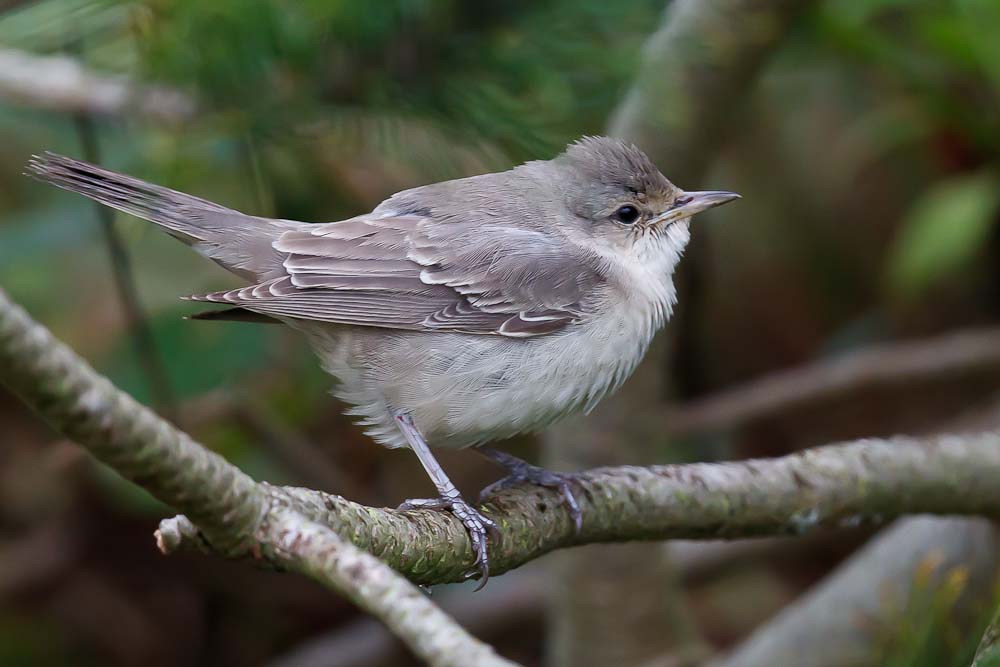
Barred Warbler, Salthouse, Norfolk (Photo: John Miller)
Cork claimed the only Red-backed Shrike record of the week, relating to the lingering bird at Mizen Head to 25th. In contrast, Great Grey Shrike tallies increased, with migrants at Easington (E Yorks) on 26th–29th and Broomhill (S Yorks) briefly on 27th, while others returned to familiar wintering sites at Llyn Brenig (Conwy), Mynydd Illtud (Powys), Upper Longdon (Staffs), Beeley Moor (Derbys) and Thursley Common (Surrey).
The Penduline Tit at Dungeness (Kent) was seen again on 28th, with a male in the north of the county on the Oare Marshes on 30th–31st — heard only on the latter date. Meanwhile on Scilly, the Tresco bird was last noted on 27th. A typical spread of late autumn Rose-coloured Starlings concerned three birds in southwestern areas: at Knockadoon Head (Cork) and Tresinwen (Pembrokeshire) on 30th, and at Walmsley Sanctuary (Cornwall) on 30th. Scilly claimed a significant proportion of at least eight Red-breasted Flycatchers, although others included an Irish bird at Kilbaha (Clare) on 29th–30th and a male on the beach at Kilnsea (E Yorks).

Red-breasted Flycatcher, Kilnsea, East Yorkshire (Photo: Tom Hines)

Red-breasted Flycatcher, Icart Point, Guernsey (Photo: Chris Bale)
One of the highlights of the week (at least for the surprisingly small number of people who saw it!) was a splendid Hornemann's Arctic Redpoll in the dunes on the seaward side of Holkham Pines (Norfolk) on 26th–27th. Initially identified as the more expected Coues's, poor weather conditions and a flighty bird hampered clinching the identification until mid-afternoon on 27th. Despite being a first for Norfolk and a true mega on the mainland (excluding a bird on the Farne Islands in 2010, the last was in the early 1970s), interested visitors were few the following morning and, unfortunately, the bird could not be relocated. It echoed a more typical spread of records from the Northern and Western Isles in what has been another productive autumn for sightings: two were again at Port Nis, Lewis (Outer Hebrides) on 29th with Shetland records coming from Ellister on 27th, Baltasound, Unst on 30th and Fair Isle.

Hornemann's Arctic Redpoll, Holkham Pines, Norfolk (Photo: Viv Connett)

Hornemann's Arctic Redpoll, Ellister, Mainland, Shetland (Photo: Hugh Harrop)
In contrast, Serin records came from the southwest of England: Porthgwarra (Cornwall) on 27th, St. Martin's (Scilly) on 28th–30th and Penlee Point (Cornwall) on 30th. A light scattering of Common Rosefinches included birds on Tory Island (Donegal) on 28th and in Codsall (Staffs) on 29th. Half a dozen Little Buntings included a popular bird at Burnham Overy (Norfolk) on 25th–27th and a brief Gloucestershire record from Hawling on 30th. On Shetland, one was at Haroldswick, Unst on 30th while the Farne Islands (Northumberland) bird was still there on 25th. A bird trapped and ringed at Porth Hellick, St. Mary's (Scilly) on 30th was the second in a week, while another was on Tresco on 27th–28th.
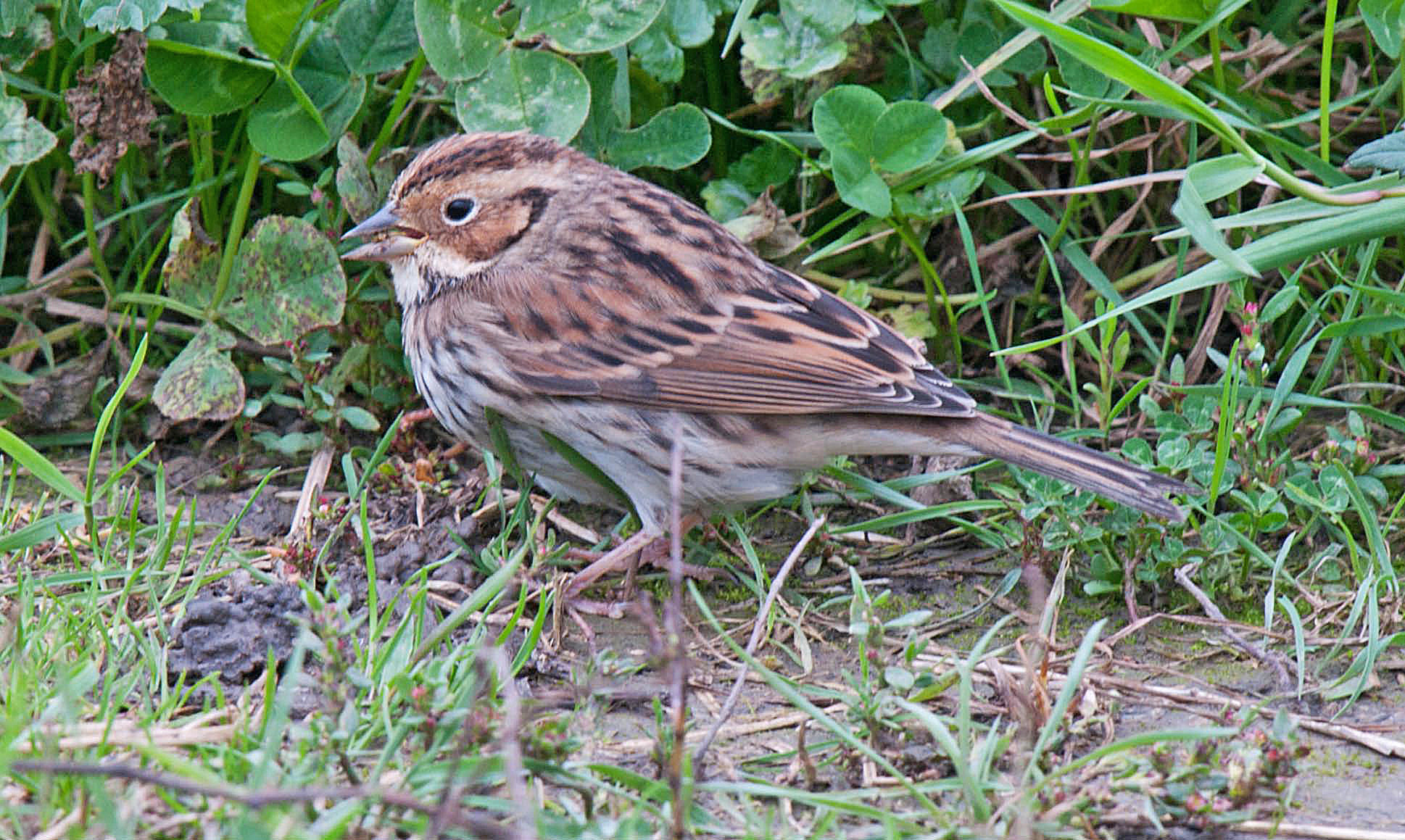
Little Bunting, Burnham Overy, Norfolk (Photo: Lawrie Webb)
Islay (Argyll) enjoyed another fantastic week for geese. Up to four each of Richardson's and Todd's Canada Geese toured the island among the hordes of Barnacle Geese, while the Red-breasted Goose was also still around to at least 30th. Three Richardsons's Canada Geese could also still be found in the Lissadell area of Sligo during the week, and another was found with the Barnacles at Whitrigg (Cumbria) on 25th–26th before moving to Loaningfoot (Dumf & Gall) on 29th. A further Todd's was reported from Cardurnock (Cumbria) on 27th, and another Richardson's was reported with Pinkfeet at Marshside (Lancs) on 25th. On the Outer Hebrides, the two white-morph Snow Geese were still in the Balranald area of North Uist, but last week's Red-breasted Goose in Kent had relocated to the Langstone Harbour (Hants) area, where it remained all week. Black Brants included two, possibly three, at Ferrybridge (Dorset) in addition to singletons in Hampshire and Essex. Arguably of greater interest was an apparent minor influx of Greenland White-fronted Geese to the southwest of England, presumably overshooting wintering grounds on the Wexford Slobs. An impressive 24 flew over Porthgwarra (Cornwall) on 31st with a handful of smaller flocks of up to ten reported from Devon, Cornwall and Scilly.

Richardson's Canada Goose, Loch Gruinart RSPB, Islay, Argyll (Photo: anon)

Todd's Canada Geese, Bowmore, Islay, Argyll (Photo: Steve Percival)

Red-breasted Goose, Loch Gruinart RSPB, Islay, Argyll (Photo: Steve Percival)
A Blue-winged Teal at Rahasane Turlough (Galway) on 30th is presumably the bird of early October; anyone who has visited this site will testify that losing a bird among the hordes of wildfowl there is easily done! Nearby, two drake Green-winged Teal were found at Bell Harbour (Clare) on 29th and a third was at Netherfield Lagoons (Notts) on 25th. A familiar line-up of drake American Wigeon were still at Loch Bee, South Uist (Outer Hebrides), Kirk Loch (Dumf & Gall), Angler's Country Park (W Yorks) and Tacumshin (Wexford).
In Cork, a subtle female Lesser Scaup was sharply picked up among Tufted Ducks at Rostellan Lake on 27th and was still there on 30th (later re-identified as Tufted Duck), while the two drakes at Chew Valley Lake (Somerset) reduced back to one as the week progressed. Also in the county, a young drake Ring-necked Duck was new at Wimbleball Lake on 27th–28th in addition to the three youngsters still on Scilly and the female at Slapton Ley (Devon). In Ireland, familiar drakes remained on Achill Island (Mayo) and at Lough Shivnagh (Donegal).
Out at sea, the drake King Eider was still off Burghead (Moray/Nairn) on 29th at least. Surf Scoters included a juvenile off Lahinch (Clare) on 29th–30th, females off Embo (Highland) on 27th–29th and Saunton Down (Devon) on 28th–30th, and drakes remaining off Llanddulas (Conwy) and Largo Bay (Fife). A White-billed Diver flew over Flamborough Head (E Yorks) on 25th and another passed Whitburn (Durham) on 27th, while the strong winds also appeared to displace small numbers of Long-tailed Ducks and Scaup inland. Also victims of the strong winds were Little Auks. Although a widespread movement was not noted, particularly impressive numbers were observed reorientating northwards off Northumberland with an outstanding 4,902 past the Farne Islands — arguably the most reliable site in Britain to see such movements — on 29th, a day which also saw 1,000+ past Newbiggin. One or two displaced Black Guillemots were also noted off the Yorkshire and Norfolk coasts.

Little Auk, Cley next the Sea, Norfolk (Photo: Lawrie Webb)
Dungeness (Kent) continued to play host to up to four Great White Egrets throughout the week, with three at Westhay Moor (Somerset) the other peak count in a week that saw around 15 recorded. Of the others, a bird on St. Mary's then Tresco (Scilly) on 25th–26th was particularly noteworthy. A Cattle Egret toured the Axe Estuary (Devon) on 27th–30th while the juvenile Purple Heron was still at Radipole Lake (Dorset) on 27th. Just four Glossy Ibis consisted of birds at Ouse Fen (Cambs), over Hengistbury Head (Dorset) on 25th and at Ham Wall (Somerset) on 29th, plus the long-staying Pembrokeshire bird.

Great White Egret, Salthouse, Norfolk (Photo: Lawrie Webb)
Late Black Kites were reported over Mizen Head (Cork) on 26th and Slapton Sands (Devon) on 31st, while last week's female Red-footed Falcon was still on the cliffs at St. Lawrence (IoW) early on 25th. Tacumshin also held on to the juvenile Northern Harrier in what was another fine week for the site; other sightings included four Cranes and up to four each of juvenile American Golden Plovers and White-rumped Sandpipers!
Other American Goldies included an adult at Cardurnock (Cumbria) on 26th–29th, in addition to birds still on Benbecula (Outer Hebrides), the Bridges of Ross (Clare) on 27th–28th and North Ronaldsay (Orkney) on 29th. Kerry's inland Spotted Sandpiper was still along the shores of Lough Leane on 25th, while the adult Long-billed Dowitcher seemed to commute between Slimbridge (Glos) and the National Wetlands Centre (Carmarthen), being present at the latter site on 28th–29th. Juveniles remained at Baleshare, North Uist (Outer Hebrides) and Alkborough Flats (Lincs). The latter site also claimed a Lesser Yellowlegs from 28th; others were still at Ballinskelligs (Kerry) on 27th and at Ernesettle (Devon) and Aldcliffe Marshes (Lancs) throughout. In addition to the Tacumshin birds, White-rumped Sandpipers included two at Cley (Norfolk) from 30th and a juvenile on the beach at Brora (Highland) on 28th–31st.

American Golden Plover, Cardurnock, Cumbria (Photo: Craig Shaw)

Lesser Yellowlegs, Alkborough Flats, Lincolnshire (Photo: Don Davis)

Lesser Yellowlegs, Aldcliffe Marshes, Lancashire (Photo: Gavin Thomas)

White-rumped Sandpiper (right), Brora, Highland (Photo: Chris Griffin)
Devon's Bonaparte's Gull remained at Dawlish Warren all week, and the Durham adult was again in Sunderland on 27th. Ring-billed Gulls concerned a second-winter at Hale (Cheshire) on 31st in addition to older birds still in Down, Antrim, Cork and Hampshire. The northerly gales brought the lightest of smatterings of Glaucous Gulls to northern areas, and the third-winter continued to perform well on the beach at Dungeness (Kent). Finally, the Irish Forster's Tern completed its westward migration from Louth to Galway, where it had returned to Claddagh Beach on 29th.
Photos of the Week
17th–24th October

Great Spotted Woodpecker, Wigan, Greater Manchester (Photo: Roy)
Almost three years ago, we had a popular Photo of the Week featuring an aggressive interaction between a Jay and a Great Spotted Woodpecker as they came together on the same post. At the time, we commented that, despite these two species sharing the same habitat, it was unusual to see them in the same shot. It's taken many thousands of uploads before we've seen a similar image but, this week, Roy Rimmer submitted an image that is remarkably similar. Although Roy's version has an autumnal rather than wintry feel and captures the Jay rather than the Woodpecker with its wings open, it's interesting to note what the two images have in common. Both capture the peak of the action, with dynamic poses and powerful eye contact and both show a domineering Jay towering over a tenacious Woodpecker. Roy commented that he'd been trying to get this shot for two years, so deserves congratulations for his perseverence.
25th–31st October

Redshank, Greenan, Ayrshire (Photo: Chas Moonie)
With five hundred photo uploads, two dozen Notables and a past Photo of the Week, Chas Moonie is already a well-established BirdGuides photo contributor. Despite only taking up photography in 2010, Chas has built up an amazing collection of images covering a wide range of species. Chas attributes his photographic results to the fieldcraft he has gained from a lifelong study of wildlife. This is undoubtedly true, but Chas also has a natural 'eye' for a good image, which is perfectly illustrated by his stunning Redshank image uploaded this week. Positioning himself with the sun behind him, Chas was able to pick out the colours and tones of this handsome wader against a natural backdrop of rich dark sand. With such a setting, even a static portrait shot would have looked great, but Chas went much further and captured the Redshank in an unusual running pose. The shot was perfectly timed to convey the behaviour, especially the way the brilliant orange legs are at full stretch. With the same accent colour being provided by the bill of the equally outstretched head, the overall effect is both striking and endearing. As our first Photo of the Week featuring a Redshank, this image is also a reminder that there are species out there that remain largely overlooked by serious bird photographers, despite being both abundant and attractive.
Other notable images, 17th–24th October

Little Egret, Titchwell RSPB, Norfolk (Photo: Tom Hines)
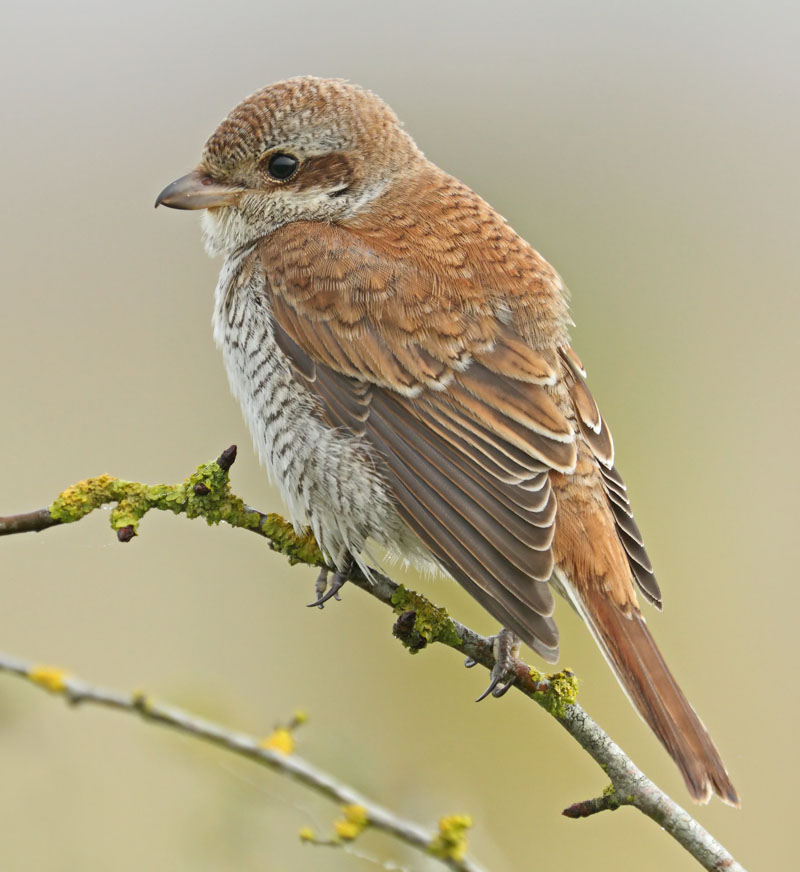
Red-backed Shrike, Everleigh, Wiltshire (Photo: Stephen Burch)

Great Tit, Laurieston, Dumfries & Galloway (Photo: Chas Moonie)

Gannet, undisclosed site, Highland (Photo: Chris Upson)
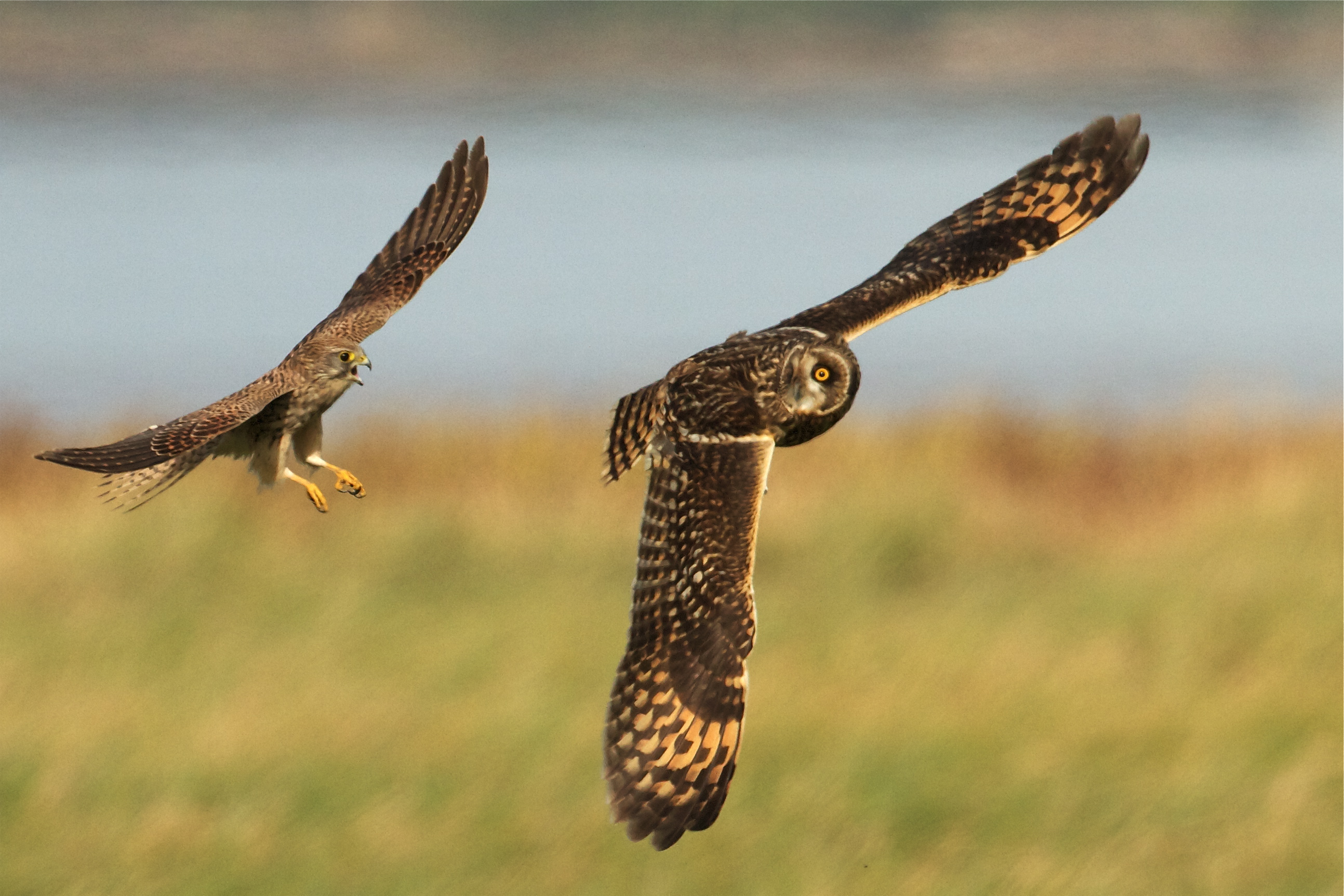
Short-eared Owl, Aust Warth, Gloucestershire (Photo: Mike Smith)

Hen Harrier, Burton Mere Wetlands RSPB, Cheshire (Photo: John Tymon)
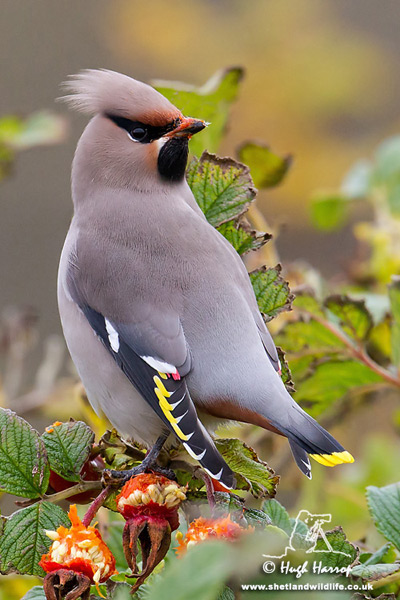
Waxwing, Exnaboe, Mainland, Shetland (Photo: Hugh Harrop)

Sparrowhawk, Llandrindod Wells, Powys (Photo: Kev Joynes)
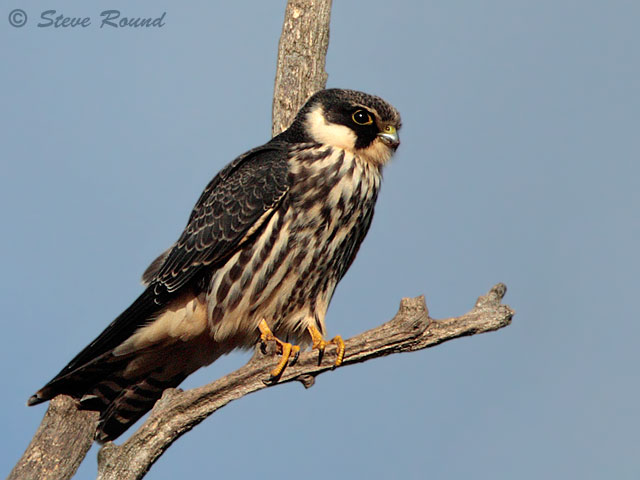
Hobby, Burton Mere Wetlands RSPB, Cheshire (Photo: Steve Round)

Black Redstart, Malta (Photo: Natalino Fenech)

Coot, Rowsley, Derbyshire (Photo: Steve Whiteley)

Purple Sandpiper, Filey, North Yorkshire (Photo: Steve Race)

Goldcrest, Wester Quarff, Mainland, Shetland (Photo: David H Hatton)
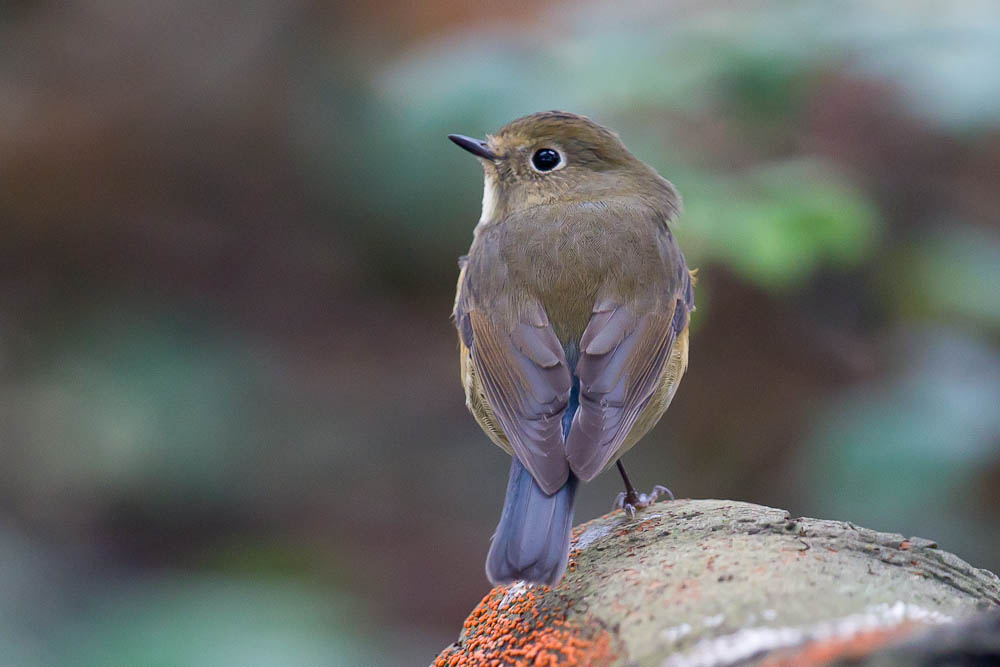
Red-flanked Bluetail, Stiffkey, Norfolk (Photo: John Miller)
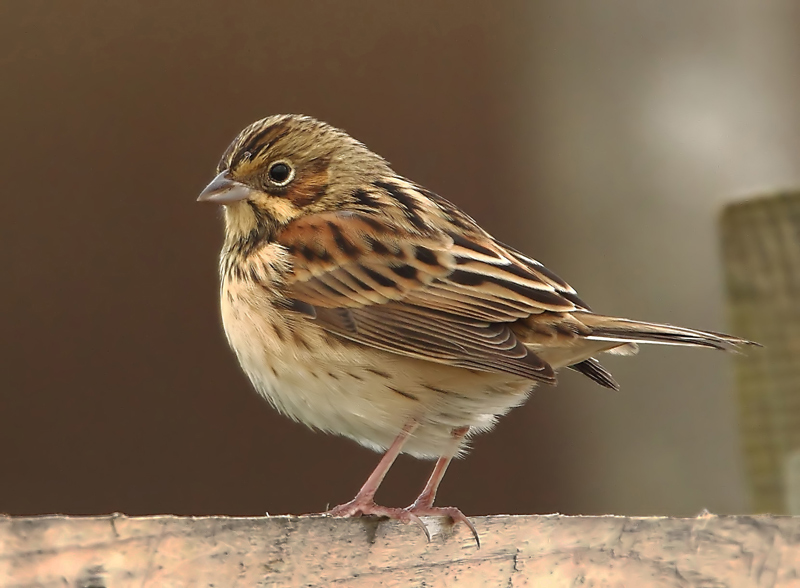
Chestnut-eared Bunting, Pool of Virkie, Mainland, Shetland (Photo: James Wood)
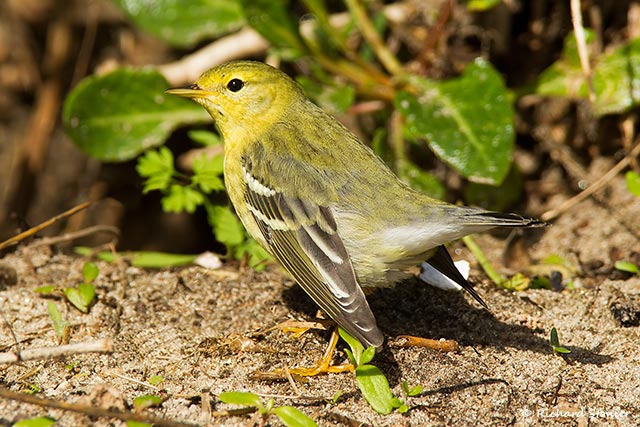
Blackpoll Warbler, Bryher, Isles of Scilly (Photo: Richard Stonier)

Siberian Stonechat, Hoswick, Mainland, Shetland (Photo: Jason Atkinson)
Other notable images, 25th–31st October

Sparrowhawk, Laurieston, Dumfries & Galloway (Photo: Alan McFadyen)

Knot, Titchwell RSPB, Norfolk (Photo: Dave Barnes)

Daurian Shrike, Portland, Dorset (Photo: Carl Day)

Desert Wheatear, Worthing, West Sussex (Photo: anon)
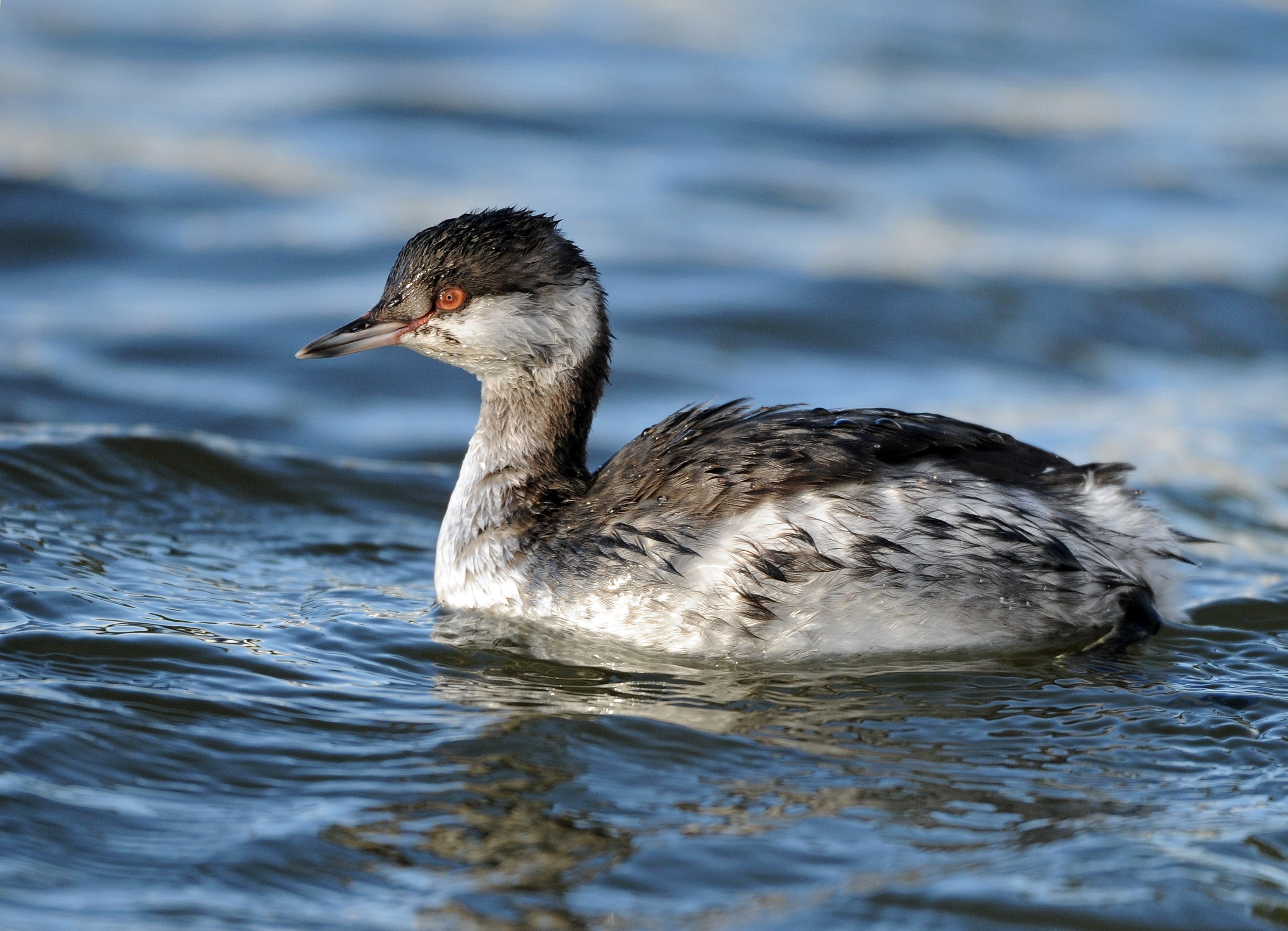
Slavonian Grebe, Oulton Broad, Suffolk (Photo: Jon Evans)

Cormorant, Dunham Massey Park, Greater Manchester (Photo: Ivan Ellison)
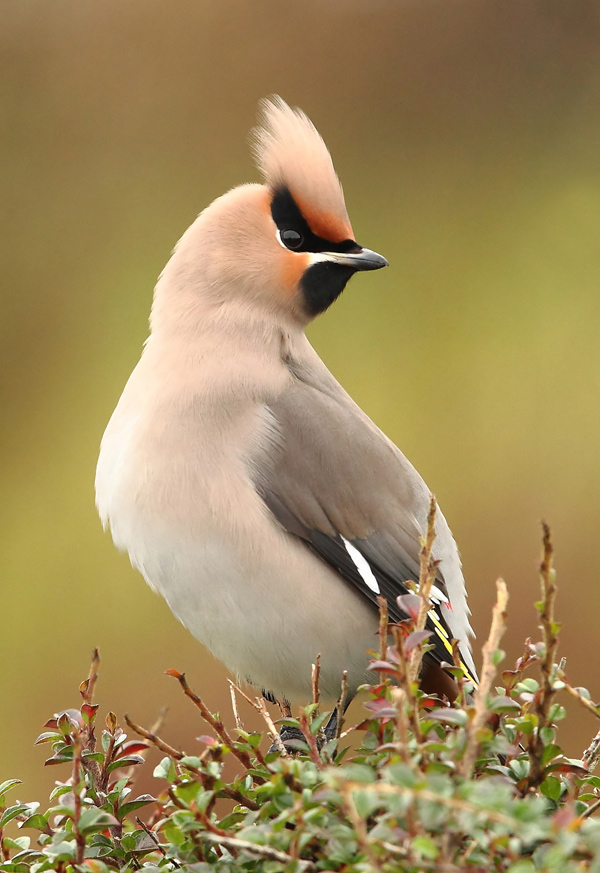
Waxwing, Exnaboe, Mainland, Shetland (Photo: James Wood)

Starling, Pilling Moss, Lancashire (Photo: Geoff Gradwell)

Kestrel, Elan Valley, Powys (Photo: Kev Joynes)

Black Guillemot, Belfast, Antrim (Photo: Ronald Surgenor)

Eurasian White-fronted Goose, Slimbridge WWT, Gloucestershire (Photo: Pete Blanchard)

Grey Heron, Leighton Moss RSPB, Lancashire (Photo: Kev Mac)


